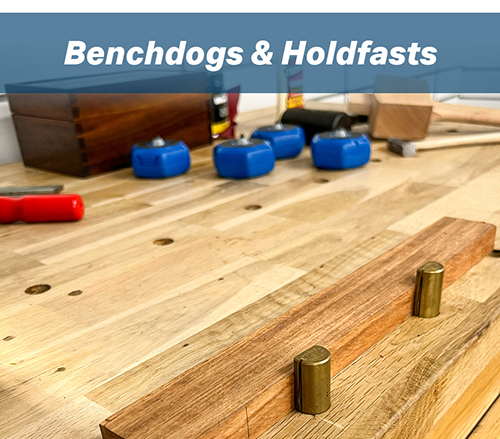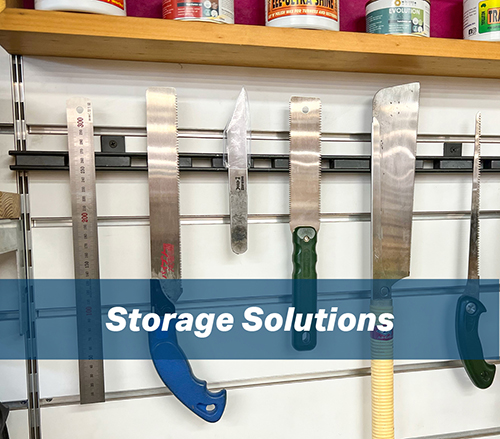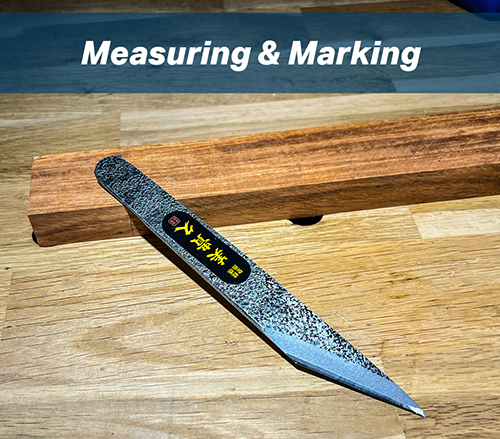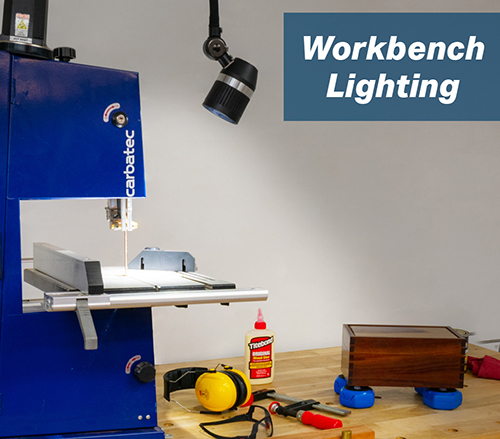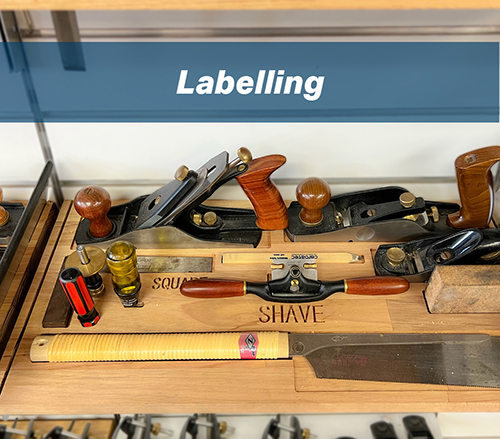A Comprehensive Guide
For passionate woodworking enthusiasts, having a properly equipped workbench is absolutely essential. Your workbench serves as the foundation for all your woodworking projects, so investing in the right accessories and tools will pay dividends in precision, efficiency, and overall craftsmanship.
In this in-depth guide, we'll cover all the must-have accessories, tools, lighting, and organisation methods for building the perfect woodworking workbench tailored specifically for hobbyists. Follow along to create a fully equipped and optimised woodworking station. Many of you may choose to build a workbench from scratch. You can use this guide as a means to consider while building as well.
Choosing the Right Workbench for Your Woodworking Needs.
- Intended use: What types of woodworking will you be doing? Finely detailed pieces or larger furniture? This can impact the size and features needed.
- Available space: Make sure to allow enough workspace around the bench perimeter to maneuver and support large boards if needed.
- Materials: Opt for thick, stable hardwood like oak or maple to prevent vibration while working. Avoid MDF or particle board.
- Benchtop: Choose a wood benchtop that is completely flat and smooth. Any warps or bumps will negatively impact precision.
- Style: Classic European style or Scandinavian-inspired designs offer versatility for different woodworking tasks.
- Height: Match the workbench height to your own height for optimal ergonomics. Height can be adjusted later by cutting legs.
- Storage: Look for bench designs incorporating lower shelves, drawers or a cabinet base for tool storage.
Must-Have Workbench Accessories to Enhance Functionality
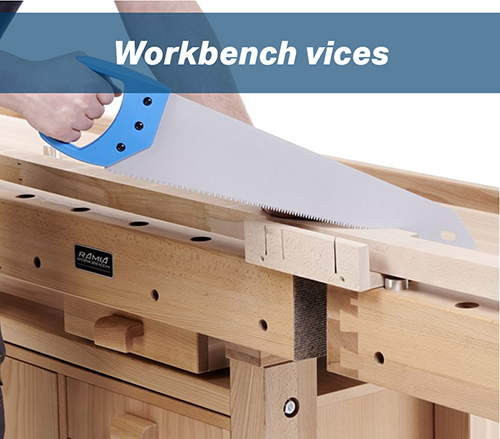
A versatile benchtop vice, like a front vice or end vice, firmly holds workpieces in place, allowing you to work with precision and accuracy. Look for these features:
Heavy-duty metal construction with a large jaw width and opening capacity to secure different-sized workpieces
Quick action screw or lever release mechanism for fast one-handed operation
Front-mounted vices provide centred workpiece control. End vices allow secure clamping along bench edges.
Swivel bases offer flexibility to angle and rotate the workpiece as needed.
Bench Dogs and Holdfasts
Interchangeable faced wood mallets to pair with different chisel widths
Dead blow mallets that prevent surface marring and absorb vibrations
Rubber, rawhide and plastic mallets that won't scratch delicate workpieces
A small brass hammer for adjusting delicate joints and inlays
Bench hooks support the workpiece while keeping hands safely away from the blade.
Shooting boards provide a straight reference edge as you push the workpiece to trim and square.
Look for adjustable designs that allow dialling at the perfect cutting angle.
Custom racks, shelves, drawers and cabinets sized to fit your workbench for keeping all tools within arm's reach
Modular stacked bins and clear storage containers to compartmentalise small parts/hardware
Pegboards with customisable hooks above the bench for frequently used hand tools
Lockable tool chests and cabinets to secure dangerous or valuable tools when not in use
Magnetic strips for securing chisels, drivers, levels and other metal tools anywhere
Steel tape measures with both imperial and metric units to cover any project
Digital callipers capable of exact inside, outside, depth and step measurements
Combination squares and protractors to check angles, straight edges and set saw blades
Adjustable marking gauges with fine precision points for marking lines for joinery
Marking knives for accurately scoring cut lines in a controlled manner
Position adjustable boom arm lamps on each side to reduce shadows. Use high-CRI daylight or warm LED bulbs.
Install overhead LED strip lighting under cabinets to provide soft ambient lighting across your entire workspace.
Use portable desk lamps with flexible gooseneck heads to provide targeted task lighting.
Magnetic LED flashlights can be attached to tools like drills for precision illumination of the operation.
Choose lighting with colour temps between 3000K-5000K to accurately see wood grain and colours.
Include lighting controls like dimmers and switches for fully adjustable brightness.
Store tools right on your workbench within arm's reach using custom racks, shelves, drawers and storage bins.
Group tools according to function to always know exactly where to reach for what you need.
Clearly label storage containers, shelves, cabinets and drawers for quick identification.
Paint the outlines of tools on your workbench when not in use as a guide for easy return.
Clear benchtop clutter at the end of each work session and store unused tools/materials.
Sweep up sawdust and wood chips regularly to keep your work surface clean and prevent
accidents.
